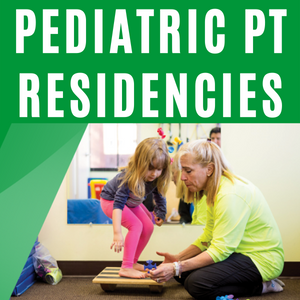Back
Concurrent session
School
Supporting Student Mobility in School
Saturday, November 19, 2022
2:15 PM – 3:45 PM
Location: Grand Ballroom 2
.jpg)
Nancy McNamara, PT
Physical Therapy Coordinator; Physical Therapist - Assistive Technology Team
TrueNorth Educational Cooperative 804
Highland Park, Illinois
Lead Speaker(s)
Current research demonstrates the benefits of early, self directed mobility on development and learning, including visual, cognitive, language and social development. Children spend a large percentage of time at school. Many students with physical disabilities lack a means to efficiently and independently move through and explore the school environment. Limited mobility impacts a student’s ability to keep up with peers when moving through the school environment, interact with peers and participate fully in school activities with peers. School provides a familiar, safe controlled environment to encourage self directed mobility. Our organization's physical therapists have developed tools and processes to provide access to self directed mobility experiences. Our organization works with community organizations, manufacturers and suppliers to obtain and maintain trial equipment (lightweight manual wheelchairs, gait trainers, mobile standers, go baby go vehicles, power wheelchairs) for student use at school. Goals of our organization's Mobility Program range from providing an initial means of independent mobility for beginning exploration of cause and effect and tool use to providing a means of increased efficiency and independence when moving through the school environment. This presentation will include information on research, equipment, assessments and motivators to support student mobility. Case studies will be presented, demonstrating strategies for facilitating self directed mobility using a variety of adapted mobility equipment at school.
Learning Objectives:
- Describe 3 benefits of self directed mobility for learning and development
- Describe 3 strategies for facilitating self directed mobility at school
- Identify 3 assessment tools for planning, assessing and progressing a student’s mobility skills

.png)
.png)
.png)
.png)
.jpg)
.png)
